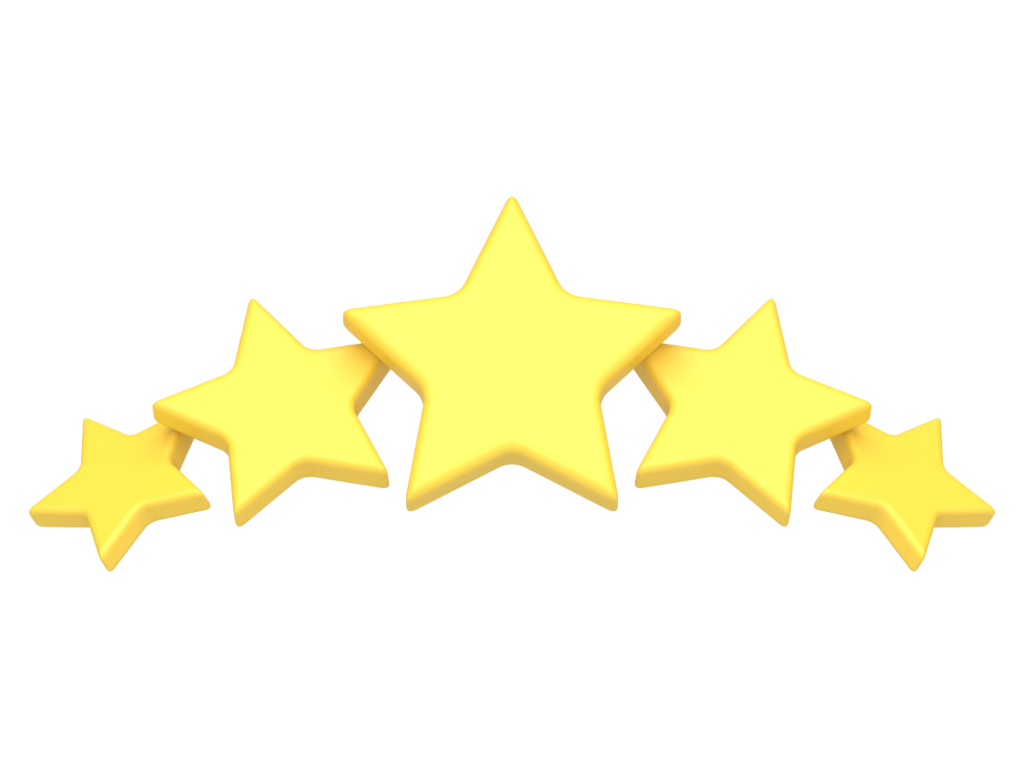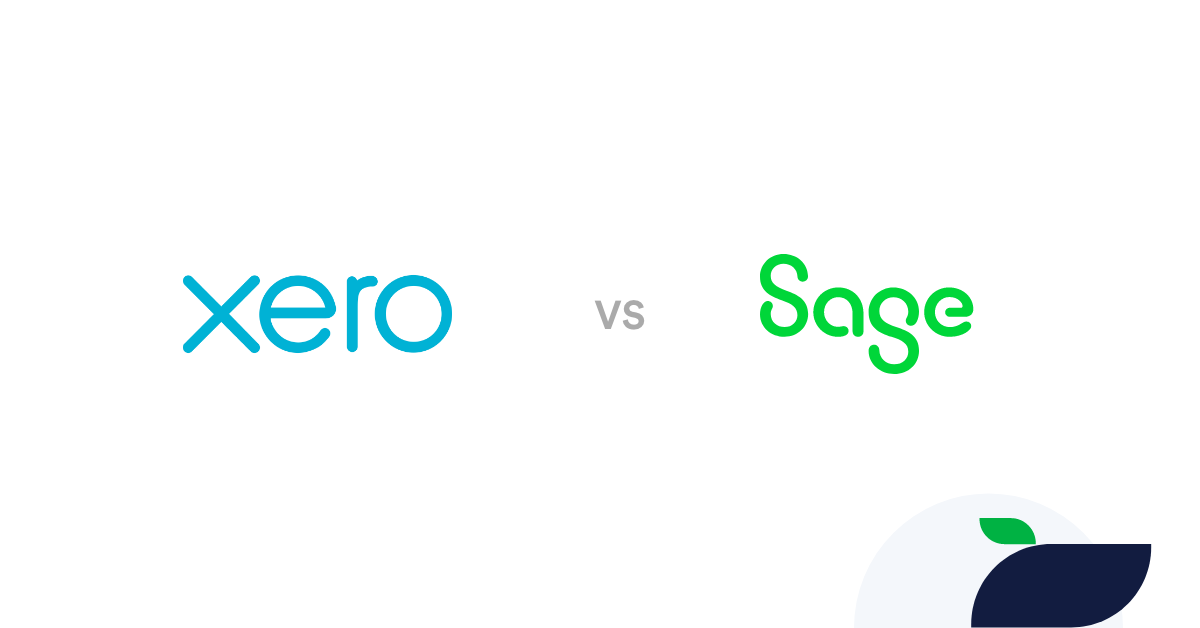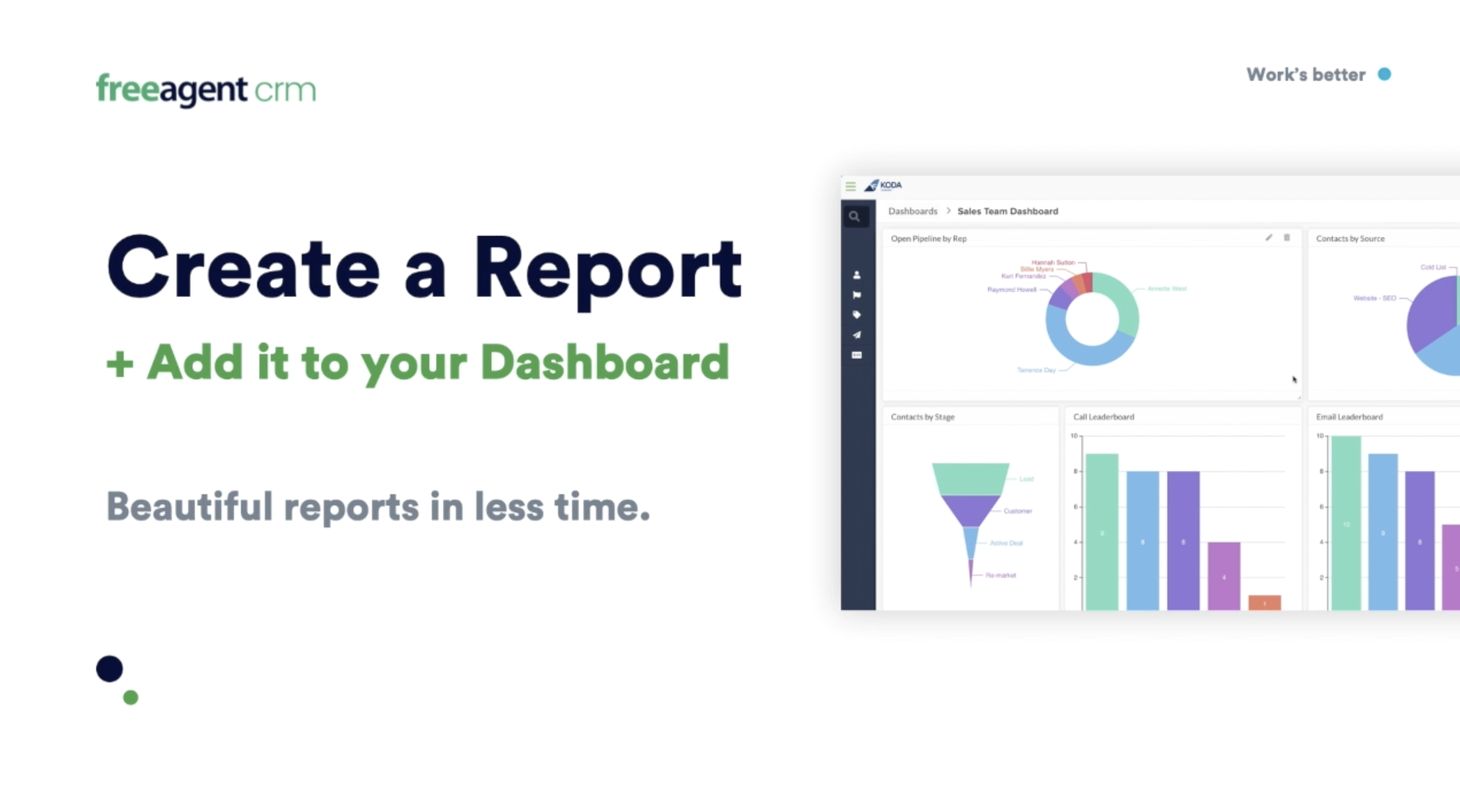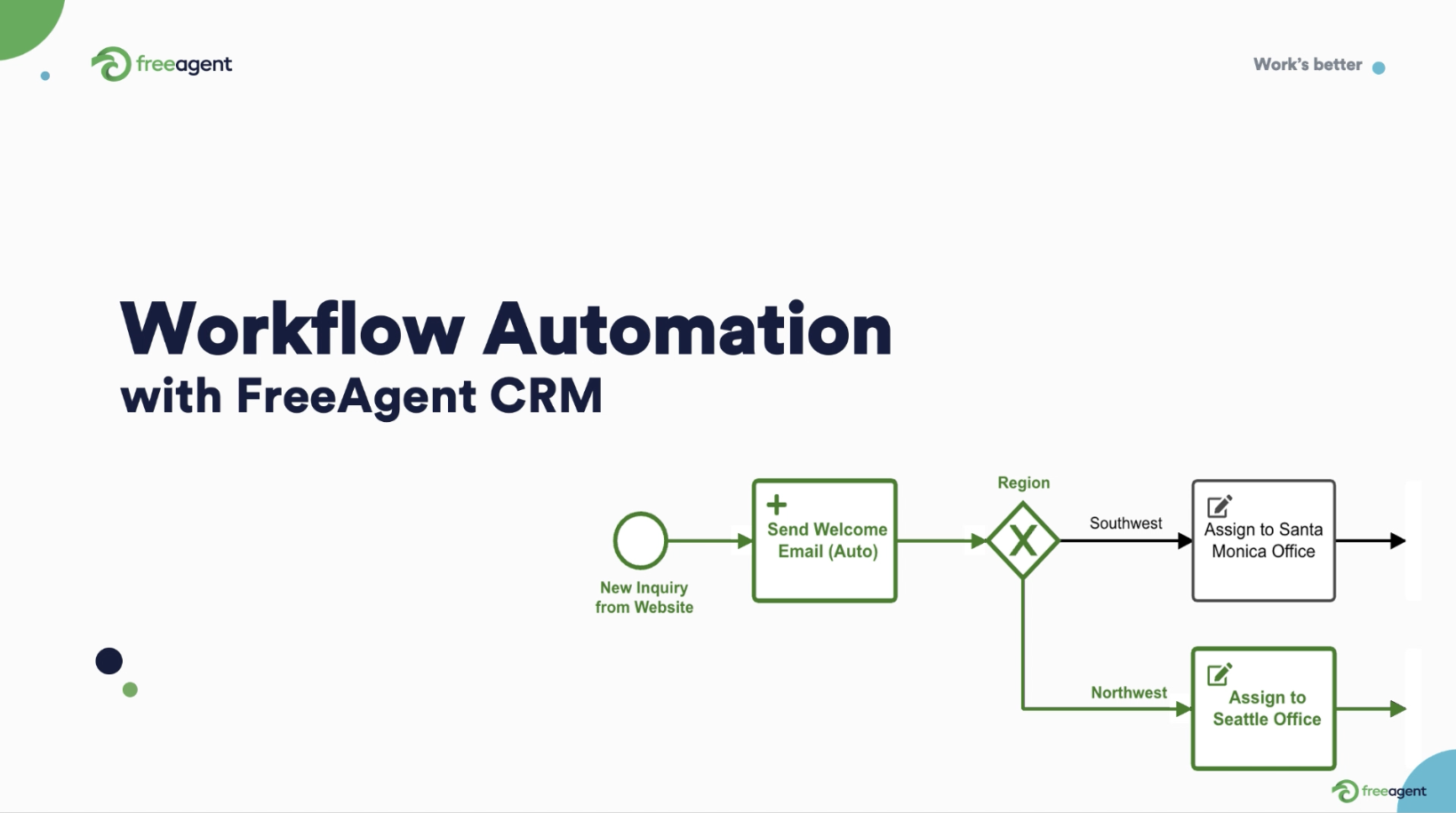If your company is looking for financial management software, you have likely heard of Xero and Sage.
As two of the most popular and effective accounting solutions on the market, Xero and Sage often compete head-to-head to win the business of companies like yours.
While both tools offer top-of-field feature sets that can simplify your accounting processes dramatically, identifying which is right for you can take time and effort.
We are here to help.
In this article, we will examine Xero and Sage, compare their features and pricing, and detail the other considerations that can help you make the right choice for your business.
What is Xero?
Xero is a cloud-based accounting tool that helps businesses manage their financial operations simply and efficiently.
Founded in 2006, Xero has grown to support more than 3 million subscribers worldwide and is considered an industry leader in innovation and performance.
With Xero, accountants, bookkeepers, and operations leaders can streamline their accounting processes with automation, collaboration, and centralization.
What is Sage?
Sage is a cloud-based accounting tool that helps businesses manage their operational finances with top-of-field tools that aid with spend tracking, invoicing, payroll management, project management, and more.
Sage was started as a side project by founder David Goldman back in 1981. David wanted to make quoting and account management simpler, so he hired a team of programmers to create a software tool that would make the often redundant and monotonous accounting tasks faster and simpler.
The benefits of the software were obvious from the start, so the team decided to sell it to other businesses that faced the same challenges David did.
Today, Sage is used by thousands of businesses worldwide and is among the top-rated accounting software vendors year after year.
Xero vs. Sage: Feature Comparison
Xero and Sage both offer comprehensive accounting solutions. Where they differ are focus and specialization.
Xero offers a highly customizable toolset designed to support end-to-end accounting services in-house.
Sage offers a highly customizable toolset designed to support businesses with unique and specialized financial management needs.
Let’s take a look at their key features and see how they stack up in a head-to-head comparison.


Ease-of-use
With any software tool, ease of use will be a big differentiator. For an area of focus as critical and complex as accounting, it can mean the difference between compliance and infringement.
- Xero- Xero has a fresh and modern user interface and an easy-to-configure dashboard that provides all pertinent information at a glance.
- Sage- Sage’s intuitive design elements and simple user interface make navigation and operation a breeze.
The advanced personalization features that Sage provides ultimately contribute to ease-of-use but do take time and training to implement.

Winner — Xero takes this round in a photo finish. Both tools simplify accounting and bookkeeping significantly, but Xero is faster and easier to implement.
Invoicing
Accounting software tools can streamline invoicing processes for faster and more accurate bookkeeping.
- Xero- Xero offers a wide variety of automation options for invoicing that allow you to set up payment reminders and send recurring invoices using an array of triggers.
Xero also provides customizable invoice templates that allow you to create invoices to support a variety of customer needs.
Additionally, Xero’s payment options are second to none in the industry, making it easier to accept payments from customers both in the US and abroad.
- Sage- Sage’s invoicing features are designed to help businesses organize their billing processes and improve cash flow management.
Some key features include invoice tracking, reminders, customizable templates, and automated invoicing capabilities.

Winner — Xero wins this round. Xero’s advanced automation features and long list of payment gateway options are second to none in the industry.
Reporting
The reporting features that accounting software tools provide are essential for measuring performance, identifying trends, and maintaining compliance.
- Xero- Xero’s reporting features provide a lot of customizable options capable of supporting many different use cases.
Xero also offers advanced budgeting and forecasting features, allowing you to create detailed budgets and track their performance against actual results.
- Sage- Sage’s reporting features offer a fair amount of customization options that are capable of meeting a variety of business needs.
While their advanced reporting feature list might be less comprehensive than some software accounting vendors, their integration library can help overcome this.

Winner — Xero wins the reporting round. Xero offers the more advanced and comprehensive reporting features overall.
Integration
No matter how good a software tool is, it can’t do everything on its own. Integration is an essential component of any tool in your tech stack.
- Xero- Xero integrates with more than a thousand business apps, including CRM platforms, e-commerce tools, payroll software, time-tracking systems, and more.
Xero also offers an open API that allows developers to build custom integrations between their other software applications and Xero.
- Sage- Sage integrates with a wide range of third-party applications, such as CRM, payroll, and e-commerce platforms.
Sage’s open API provides developers the ability to create their own custom integrations as well.

Winner — Xero wins the integration comparison. Xero has a larger app marketplace and more pre-built integrations.


Pricing
When evaluating the cost of any software tool, you have to look beyond the price tag. ROI comes down to getting the most out of the features available, so payment structures that are scalable and flexible are a must.
- Xero- Xero’s pricing plans start at only $13/month, but the offering is very limited at this tier, with a cap on bank transactions and invoices that will not be sufficient for most businesses.
Xero’s mid-tier plan eliminates these caps and provides everything most small or medium-sized businesses will need. At $37/month, this plan has a very competitive price point and will continue to provide value as your business grows.
- Sage- Sage’s pricing plans come in two tiers. The first tier starts at $10/month is aimed towards single person businesses or freelancers.
The second tier costs $25/month and provides all the features a small business needs to manage the bulk of their financial operations.

Winner — Sage comes out on top in the pricing round. Sage offers a very low entry point and even their most expensive tier is lower than the industry standard.
Xero vs. Sage: Which is right for your business?
The fact of the matter is you can’t go wrong with either of these financial management toolsets. Both offer top-of-field features at a competitive price. So how do you decide which is right for you?
Xero is right for...
If your business handles its accounting in-house, then Xero is an excellent choice. With unlimited users at all tiers, you can provide access to anyone who needs it and create accounting processes that fit your needs.
- Ease-of-use- Xero is among the easiest-to-use accounting software tools on the market.
It’s modern design, clean and simple user interface, and intuitive functionality are a boon for teams who handle their accounting needs internally.
- Integration- Xero’s integration library is expansive and comprehensive, allowing you to manage a range of different accounting activities.
One example is Xero’s partnership with Gusto Payroll Solutions, a vendor that provides end-to-end payroll management.
Sage is right for...
Sage is great for small and medium sized businesses that that need to manage their finances, create invoices, track expenses, and generate financial reports.
- Ease of use- Sage is easy to navigate and has a pretty mild learning curve when compared to other accounting software tools.
Sage also provides a number of customization options that allow you to simplify the user-interface and tailor the functionality to your own preference.
- Pricing- For small businesses with relatively light financial management needs, Sage is a great solution.
Freelancers and independent contractors in particular will get a lot of value from the Starter tier.
Whether it’s Xero or Sage, FreeAgent has you covered
FreeAgent CRM integrates with the industry’s top tools to offer a complete work management solution for your business. That means whichever financial management solution is right for you, FreeAgent has you covered. Plus, FreeAgent is:
- Easy to use- FreeAgent’s modern user interface is quick to learn and easy to use, encouraging teams to work within the platform, driving up adoption and aligning your work processes.
- User-configurable- With FreeAgent, the power is in your hands. You can customize and personalize FreeAgent to fit the specific needs of your business and teams without external support.
- Flexible and adaptable- FreeAgent’s robust toolset and extensive integration library supports teams and businesses of all types and structures. Whatever challenge you face, FreeAgent can help.
To see FreeAgent in action, get a demo, and discover for yourself how we are leading the way to a better workday.







